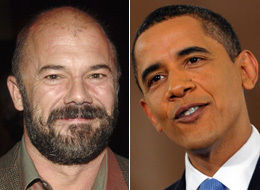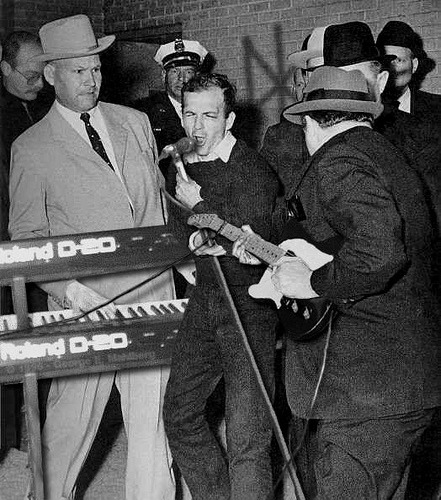His retirement should come as bittersweet to rightwingers who expected him to be more conservative:
At the time of Souter's appointment, John Sununu assured President Bush and conservatives that Souter would be a "home run" for conservatism In his testimony before the Senate, Souter espoused the concepts of originalism (as Bork had) and was thus thought by conservatives to be a strict constructionist on Constitutional matters. However, as a state's attorney and state Supreme Court judge, he had never been tested on matters of federal law.Predictions are that Obama is likely to appoint a woman to replace him.
Initially, from 1990 to 1993, Souter tended to be a conservative-leaning Justice, although not as conservative as Antonin Scalia, Clarence Thomas, or William Rehnquist. In Souter's first year, Souter and Scalia voted alike close to 85 percent of the time; Souter voted with Kennedy and O'Connor about 97 percent of the time. The symbolic turning point came in two cases in 1992, Planned Parenthood v. Casey, in which the Court reaffirmed the essential holding in Roe v. Wade, and Lee v. Weisman, in which Souter voted against allowing prayer at a high school graduation ceremony. In Planned Parenthood v. Casey, Anthony Kennedy considered overturning Roe and upholding all the restrictions at issue in Casey. Souter considered upholding all the restrictions but still was uneasy about overturning Roe. After consulting with O'Connor, however, the three (who came to be known as the "troika") developed a joint opinion that upheld all the restrictions in the Casey case except for the mandatory notification of a husband while asserting the essential holding of Roe, that a right to an abortion is protected by the Constitution.
After the appointment of Clarence Thomas, Souter moved to the middle. By the late 1990s, Souter began to align himself more with Stephen Breyer and Ruth Bader Ginsburg on rulings, although as of 1995, he sided on more occasions with the most liberal justice, John Paul Stevens, than either Breyer and Ginsburg, both Clinton appointees. O'Connor began to move to the center. On the abortion issue, Souter began to vote to override restrictions he believed in back in 1992. On death penalty cases, worker rights cases, criminal rights cases, and other issues, Souter began voting with the liberals in the court. So while appointed by a Republican president and thus expected to be conservative, Souter is now considered part of the liberal wing of the Court.




 In 100 days
In 100 days

















